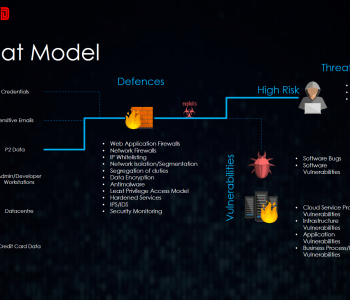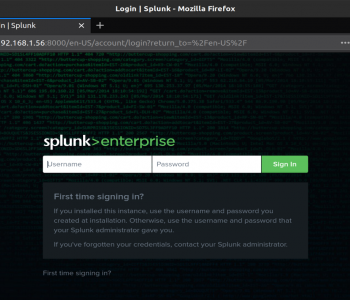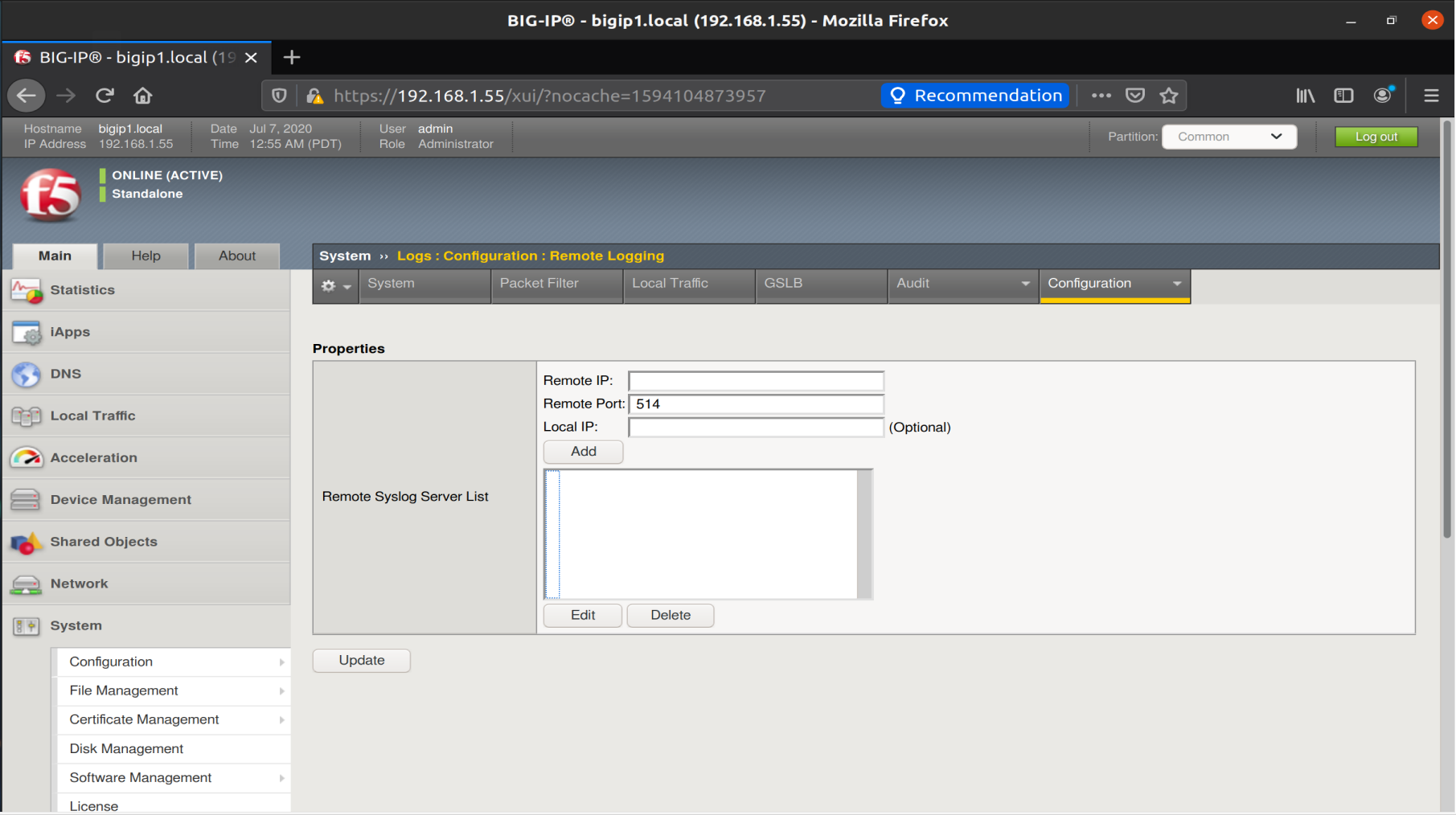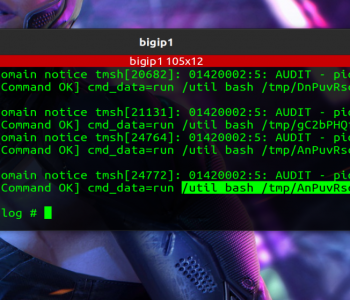
Checking for Hafnium or other groups impact from Exchange…
Introduction
On March 2nd, 2021 at ~6pm GMT Microsoft released an out of band update to all version of exchange from 2010 through to 2019. This was in response to a range of vulnerabilities which had been abused (a 0-day) by a threat actor (coined by MS as HAFNIUM).
For more info from MS please see the following:
https://www.microsoft.com/security/blog/2021/03/02/hafnium-targeting-exchange-servers/
Key CVEs
Key CVES include:
CVE-2021-26855, CVE-2021-26857, CVE-2021-26858, and CVE-2021-27065. Read more “Checking for Hafnium or other groups impact from Exchange Abuse”









